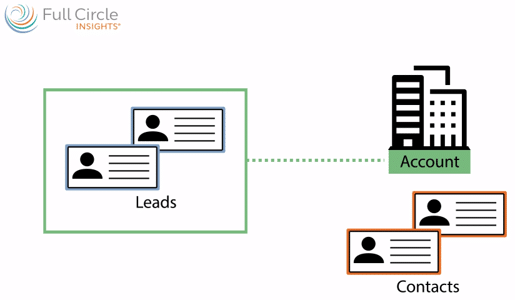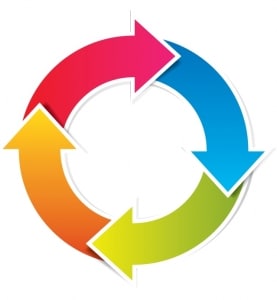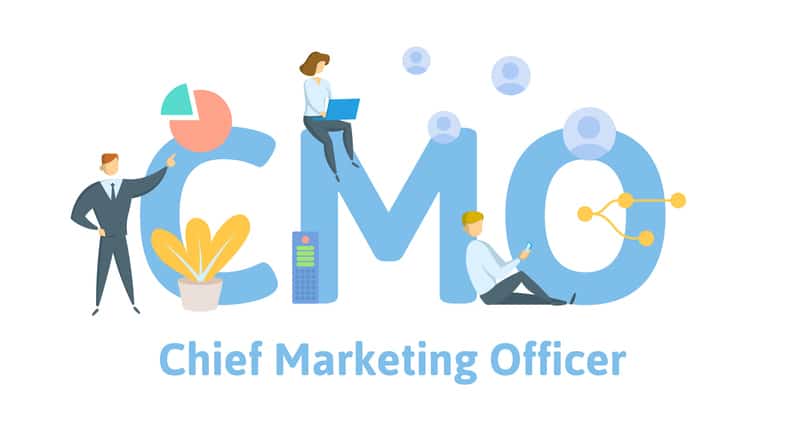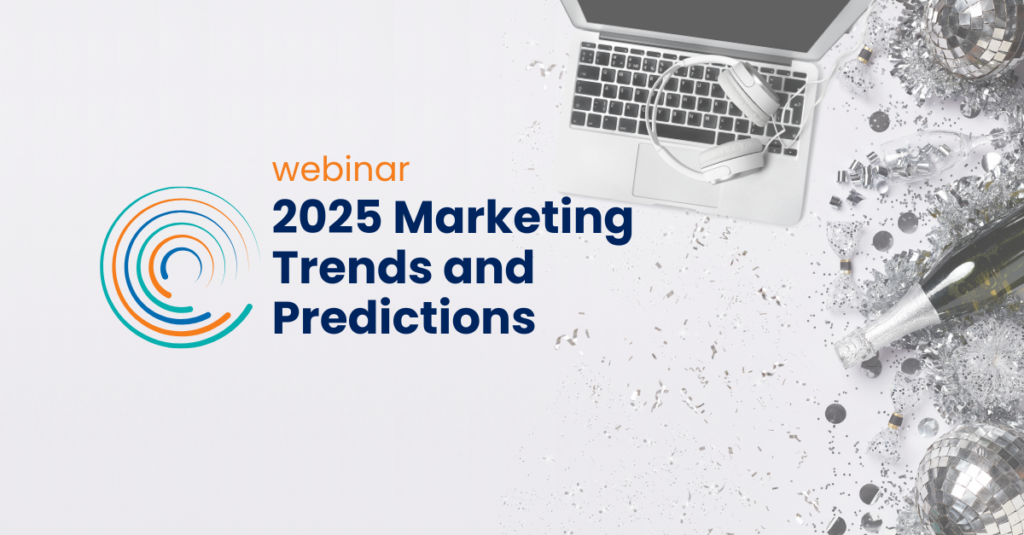
B2B marketers need to be able to figure out which campaign touches drive engagement and, ultimately, conversions and revenue. Attribution models can yield insights that allow marketers to make better spend allocation decisions. Single-touch attribution models like first-touch, last-touch and tipping-point can help marketers better understand lead generation, conversions, and the marketing-to-sales handoff.
Multitouch attribution can also generate important insights on how campaigns impact pipeline and revenue, but it’s critical to avoid mistakes during implantation and to understand the limitations and capabilities of each type of model. Here are five tips that can help you improve your multitouch attribution results.
- Create models that reflect your marketing strategy. It may sound simple, but it’s easy for marketers to get caught up in the different possibilities attribution models offer and miss this basic step. Are you running campaigns to improve the engagement of both new and active leads? If so, consider an even-spread multitouch attribution model that evaluates campaigns across the entire sales cycle. Are you looking to influence prospects later in the sales cycle? Take a look at a time decay attribution model, which gives later touches greater weight.
- Make you understand the business question you’re asking. In addition to aligning the model you choose with the marketing strategy, make sure you understand the business question you’re working to answer. For example, if one campaign strategy is to activate new influencers at top target companies, the business question might be, “What was the lead gen campaign’s impact on pipeline and sales this quarter vs. last quarter?” You’ll need to account for the business question too when setting up reports based on your multi-touch model.
- Apply appropriate reporting parameters. Once you have clarity on the business question you’re asking and choose a model that reflects the marketing strategy, it’s time to apply the right reporting parameters so that your dashboards and reports give you meaningful data. For instance, you might be examining results on a particular date, timeframe, or market segment. Setting the relevant parameters will ensure you get data that is actionable and relevant to the business question you’ve set out to answer with your campaign analysis.
- Combine attribution and funnel metrics to drive efficiency. This holds true for single-touch and multitouch attribution methods: Attribution helps you invest more efficiently, but you’ll also need funnel metrics to drive process efficiency. Also, keep in mind that it’s crucial to use CRM as your data repository because it is the revenue system of record. When you analyze funnel metrics inside the CRM, you can track volume, velocity, and conversion rates and identify any process issues with sales to drive overall efficiency.
- Hold regular meetings with sales and marketing colleagues. Related to the point above, it’s important to make sure everyone is on the same page, and that requires regular meetings with your relevant marketing ops/lead gen colleagues plus the sales/revenue teams that depend on your campaigns to generate business. During meetings, the group should review funnel metrics to identify trends and sticking points, and relevant individuals should take on action items to alleviate bottlenecks as appropriate.
Marketing attribution in general and multitouch attribution specifically will remain key components of B2B campaign measurement because they are essential for efficiency. Without actionable data on campaign performance, marketers can’t invest budget dollars where they produce the best results.
But it’s important to keep in mind that attribution is one-half of the efficiency equation. Funnel metrics matter too. When you can track both inside the CRM, you’ll be able to drive efficiency across the board and in even collaboration with your sales team.

Three Routines to Help SDRs Align with Marketing
As a sales rep that spends most of his time on the phone, I encounter a wide variety of conversations and prospects. Each come with its set of challenges, but the common thread amongst all of them is that my grasp of the lead’s context really helps me connect with the...
Lead-to-Account Matching on Salesforce
New technology solution extends Full Circle Insights’ offerings that measure and enhance sales and marketing ABM performance SAN MATEO, Calif. — March 21, 2017 — Full Circle Insights®, Inc., maker of comprehensive sales and marketing performance measurement...

Turn Your Lead Data into Account Connection
Sales and marketing teams today face mountains of data. In the perfect world, data is always insightful and enabling. In the real world, data can be flawed and cumbersome. In their CRM, businesses amass large lists of leads for the purpose of engaging leads. However,...

What I Learned at Revenue Summit
Revenue! ABM! Customer Success! Sales and Marketing Alignment! Those are some of the key phrases on everyone’s lips at Pier 27 in San Francisco at the 2017 Revenue Summit for the past two days. It is language that we have all been living for the past three years, but...

Setting Up & Measuring Closed-Loop Reporting
I often get asked how closed-loop reporting (CLR) really works, what a marketer has to do to reap the benefits, and why is there so much buzz around this hot topic? Closed-loop reporting gives marketers insight into which of their marketing efforts are most...

Build vs Buy: The Biggest Costs of Building a Salesforce Application
So your company has hit a roadblock with its tech stack. Specifically, it looks like you need to modify Salesforce in order for you to interact with the platform differently or have the platform do something custom. I bet you’ve looked and found pre-built applications...

Measuring Event Sponsorships in Salesforce
As a marketer, you’re tasked with understanding the effectiveness and revenue impact of sponsoring events. If you sponsor events in order to drive revenue, then read on. You know the basics: a successful event should generate some benefit (Return) of some cost...

Finance Insights for Indispensable Marketers
These days, we as marketing professionals hear over and over again, “Marketers need to become data-driven, performance-driven, and numbers-driven.” Do these terms generate an allergic reaction from you? Do you believe that it’s too hard? Well, that’s understandable...

3 Things Great B2B Marketers Can Learn from Sales
The rift between sales and marketing is one that has been long standing in the B2B world. As someone fairly new to the B2B marketing space, I’ve come to find that despite this “rift”, some of my greatest learnings thus far have in fact come from across the pond. My...

The CMO Series: The Rise of the B2B Marketing CMO
The B2B CMO job has become more demanding than ever. The job requires a technical understanding and data-driven approach. And now for the first time, marketing has the mandate (as well as the technology/tools) to meet specific revenue goals. While it may seem to be a...




